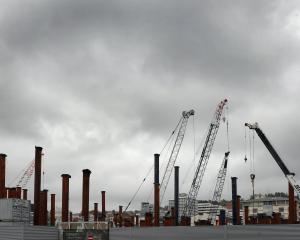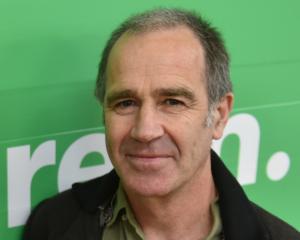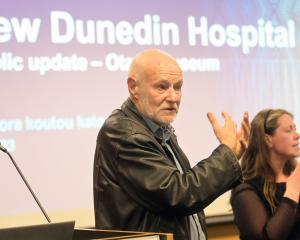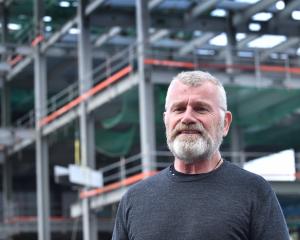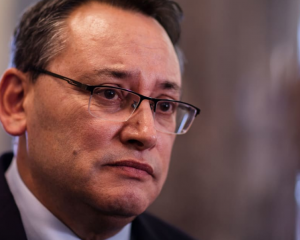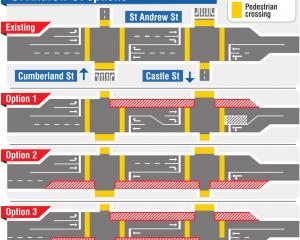 Proposed cuts resisted
Proposed cuts resisted

Determined resistance from clinicians and a strong public backlash appear to have deterred plans to dramatically decrease the size of the new Dunedin Hospital.
In July, the Otago Daily Times revealed health officials were reconsidering the design of the $1.47 billion hospital’s inpatient building, and last month confirmed that cuts in beds and services had been proposed as part of that review.
Newly released answers to written Parliamentary Questions have confirmed capacity at what was intended in its detailed business case to be a 421-bed facility has been a regular topic in meetings between Te Whatu Ora Health New Zealand officials and southern health staff.
In Parliament a month ago, National Dunedin list MP Michael Woodhouse said the new hospital could have 58 fewer beds and two fewer operating theatres because of budget pressures, a revelation which caused an outcry in the South and prompted then Dunedin mayor Aaron Hawkins to protest that any sizeable cuts to bed numbers would be ‘‘absolutely intolerable’’.
Sources have told the ODT that while Te Whatu Ora has still to make final decisions about the inpatient building, it is almost certain a 32-bed medical and surgical ward — which was proposed to be either cut from the hospital entirely or built only as an unfitted-out shell — will now be built.
The fate of a second, smaller ward is still under consideration but it seems increasingly likely it will also be built, either as a shell or as a partly fitted-out facility.
The internal debate about the size of the new hospital does not affect the outpatient building, which has been consented and is now being built on the northern end of the inner-city site.
However, consent has yet to be sought for the larger inpatient building, and spiralling construction costs led Health Minister Andrew Little earlier this year to order a review of the cost of all major health sector capital projects.
Mr Little has repeatedly stressed that no decisions had yet been made as part of the review, and he recently ordered that he be consulted if there were any proposals to change the scope of services planned for the new hospital.
It is understood the latest iteration of the inpatient building will include fewer beds, but the drop is likely to be much smaller than the 58 earlier considered by planners.
Multiple sources have told the ODT that locals on the consultation panel advising Te Whatu Ora on the hospital project have strenuously resisted the proposed cuts to the size of the inpatient building, warning they risked leaving the region with a hospital unable to provide adequate services to a growing and ageing population.
A combination of the heated response from southern clinicians when consulted on the proposals, and the spectre of street protests reminiscent of the 10,000-strong 2010 protest in Dunedin to save neurosurgery services, are understood to have persuaded planners to pull back from drastic cuts to bed numbers.
Efforts to save money on the ever-increasing cost of the hospital project are ongoing, but are likely to not be so substantial that the project would have to again go through the rigorous budgeting process required for publicly funded building projects of this size.
The five-storey outpatient building is scheduled to be completed in 2025 and the inpatient building in 2028.
The project’s detailed business case, released in 2020, proposed the complex would have 421 beds, 16 operating theatres (expandable to 21) and 30 intensive care or high-dependency beds (expandable to 40).

